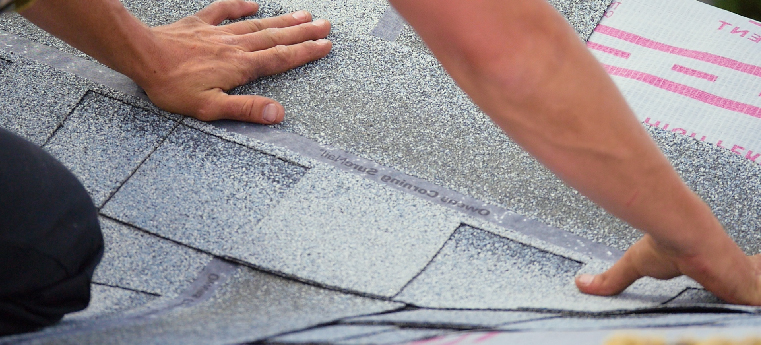




Did you know there are unique considerations to take when it comes to San Diego roofing? Although the city is known for its ideal, sunny weather, the climate may vary depending on the area of San Diego you live in.
Inland residents often experience higher temperatures, while those living coastal experience daily marine layers that burn off throughout the day. And while San Diego is technically a desert, rainfall is still a factor that influences rooftop decisions. If you live in San Diego, take the following considerations into account for your roofing needs.
The warm climate is one of the major appeals of living in San Diego. Roofing, because of this, needs to be able to handle the constant sun and hot temperatures in the summer, especially for inland regions like East County. Make sure you have a heat-friendly rooftop, also known as a “cool roof,” which helps to cool the home more efficiently. They usually are lighter in color so, as darker colors tend to absorb heat, and are often made of materials that reflect the sun.
There are a few different ways to make a roof a “cool” roof. Clay and terracotta tile roofing is ideal for desert climates because it blocks heat. Slate tile is another good fit for your roof because it doesn’t require a lot of maintenance. It comes in light and earthy colors that are naturally reflective and durable.
San Diegans can bask in sunnier-than-average climate. And they can capitalize on the sun by installing solar panels on their rooftops. Solar panels soak up the sun’s energy and convert it to power for the home. These panels should be durable and use the latest technology, so when you have your solar panels installed be sure to communicate these needs to your solar installation company.
It's also just as important to ensure that your roof has proper insulation. Since 25% of heat in a home leaves through the ceiling, your roof is a key player in stopping this during the colder winter days in San Diego and at night when the temperatures drop significantly. Properly insulated San Diego roofing equates to energy-efficient homes, so you save on your utility bills.
Poorly ventilated rooftops are not ideal for hot weather. They can transfer heat into the living areas and increase air-conditioning consumption, if you’re using one. For those living inland who turn on the AC in the dog days of summer, this can be especially a concern. Proper roof ventilation also helps in the winter, working to prevent moisture damage — especially if you live near the ocean or bay.
Luckily, San Diego’s mild climates year-round make Roof Installations easier to execute. Fall is usually the busy season for Roof Installations and costs tend to go up due to demand, so consider getting the repair work done in the off-season if it can wait.
Another benefit to having your Roof Installationed in the off-season is that it can make for a less stressful situation, because you won’t be behind a waiting list of customers. This is particularly important when making major decisions that involve your roof; a clear mind means the proper steps and considerations can be taken when consulting with your roof installation and repair company.
Wildfires are an unfortunate reality San Diego homeowners may face. The Southern California region experiences wildfires from time to time, and the dry desert climate further fuels the potential for fire to spread rapidly. Homes located on or near slopes of hills and valleys have a higher risk of getting affected.
While location is hard to change, one thing these residents can do is install outdoor sprinkler systems. These sprinklers work to prevent the spread of embers when they come in contact with a house, keeping it protected and safe.
Although San Diego has mild winters in comparison to other regions of the U.S., it occasionally experiences significant temperature drops. Winter nights can drop to 40- or sometimes 30 degrees Fahrenheit, which can create frost and condensation when it warms up during the day.
These conditions can cause mold to grow on your roof during the winter months, especially on flat roofs. Leaves may pile up on your rooftop when the wind blows, and these piles then collect moisture from winter frost. This combination can eventually cause organic growth to form on the roof surface. To prevent mold from forming, make sure you regularly clean your roof and sweep away the leaves.
While you may not think the weather in San Diego would have an influence on how you should go about roofing matters, think again! The signature climate does call for special considerations to be made to ensure that your rooftop is both energy-efficient and long-lasting. Plus, doing so will help you avoid having to make extra repairs to your roof.
For further information on how different types of materials, installation, and maintenance impacts your roof, check out some more details on San Diego roofing, and see how Semper Solaris can help you meet the needs your roof requires.